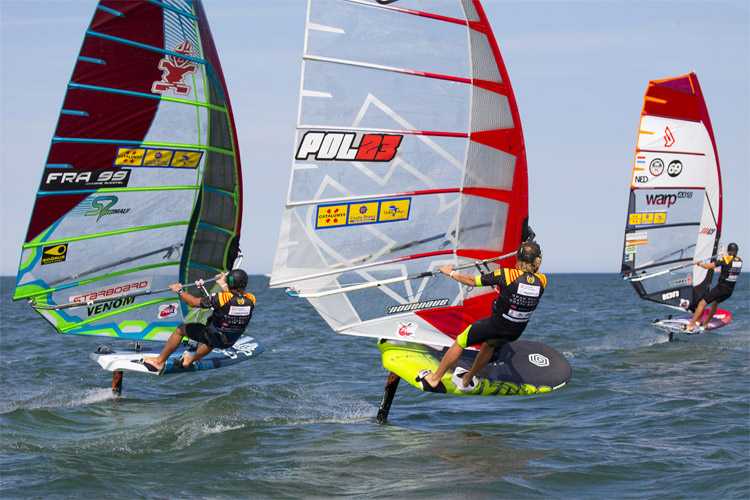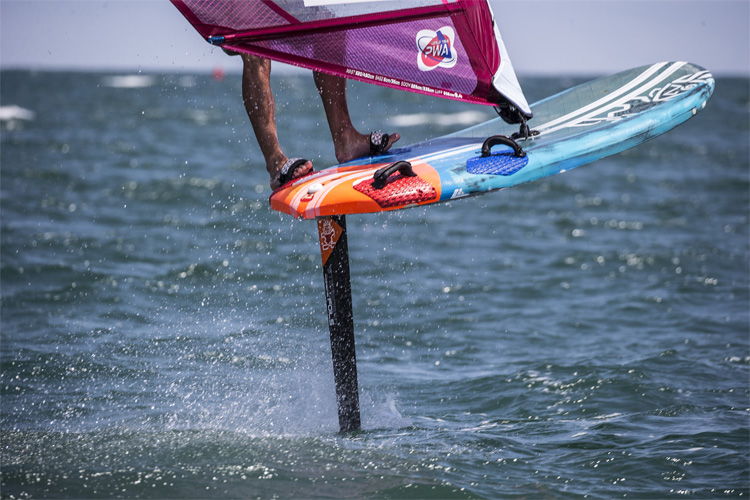The Professional Windsurfers Association (PWA) announced that the foil windsurfing will become a standalone discipline.
The new pro windsurfing division will be an autonomous entity alongside slalom, freestyle, and wave sailing.
According to the PWA World Tour officials, foiling will no longer be tied to slalom events from 2019 on. The new windsurfing discipline will also deliver the same prize money as its slalom counterpart.
The new season will bring a move to production equipment and, with this decision, a new set of rules and guidelines. They are as follows:
1. Boards and Sails
In the first event of the season, windsurfers will be allowed to register one board and three sails from either the foil or slalom equipment lists. They will then use the same equipment for the remainder of the season as they do in slalom.
Female athletes will be free to use any production board and sail, even if not a registered model, as long as they're manufactured by PWA member companies.
Boards may not be wider than 91 centimeters.

2. Foils
The foil mast shall not be longer than 115 centimeters, including the depth of the fuselage, when measured perpendicular from the bottom of the board to the base of the fuselage.
The wings of the foil may not exceed 100 centimeters, and the total length of the foil - from the leading edge of the front wing to the trailing edge of the rear wing - must not be bigger than 120 centimeters.
Plates, wings or accessories must be registered, and the total width must not exceed 91 centimeters, including attachments.
3. Slalom Course Layouts
For 2019, there will be no pre-established wind minimums, but race director shall make decisions based on two major guidelines.
Races will be abandoned if there is more than 50 percent of the leading half of the fleet stopped, or not able to sail, or if windsurfers are forced to continuously pump their equipment to keep going.
As a rule of thumb, the goal is to have short and punchy courses that keep racing is closer, easy to follow, and increasingly spectator-friendly.
The match-racing vibe will be guaranteed with "M" and "Box" course variations, with either upwind or reaching starts.
With smaller fleets, the organization will run slalom-style downwind courses with reaching starts, and in case of having high winds, foil windsurfers will compete in straight upwind/downwind courses for safety reasons.
